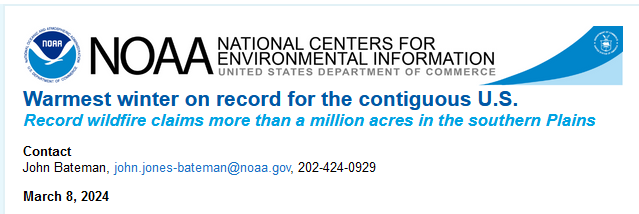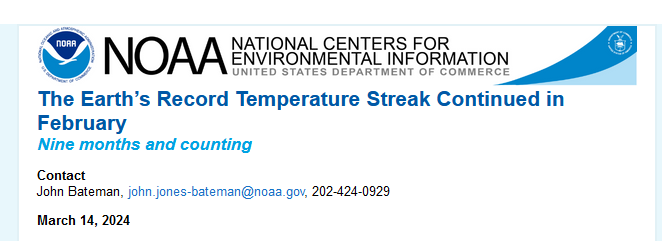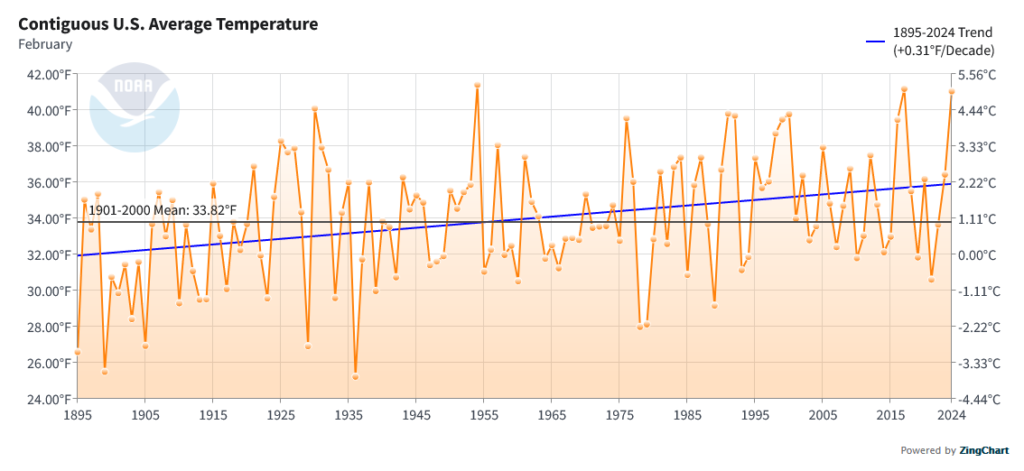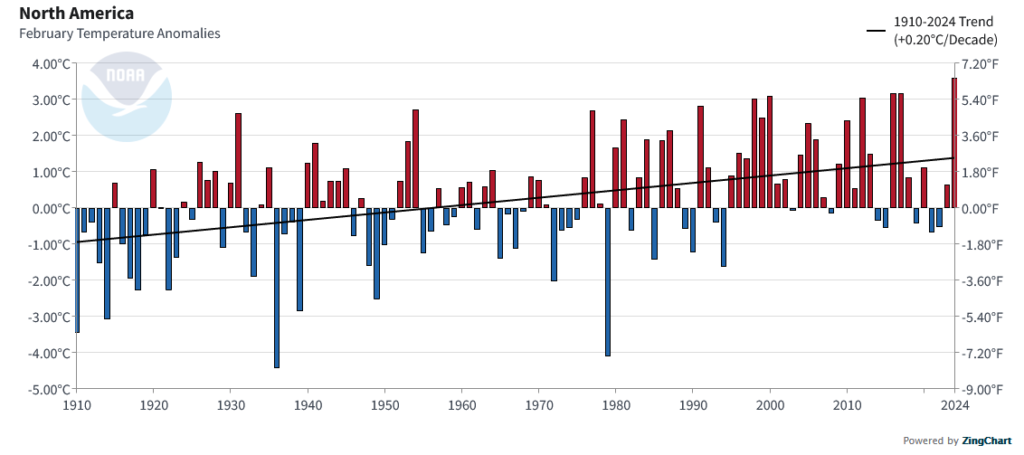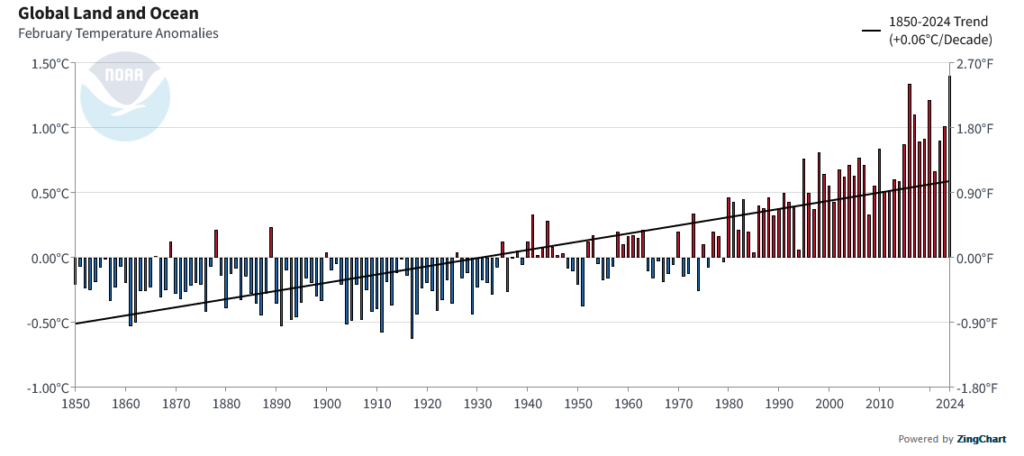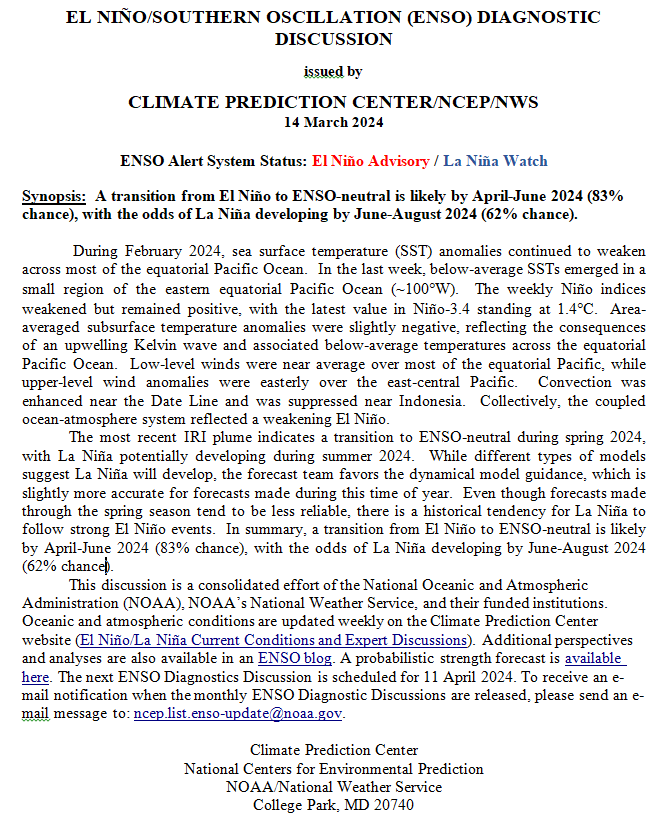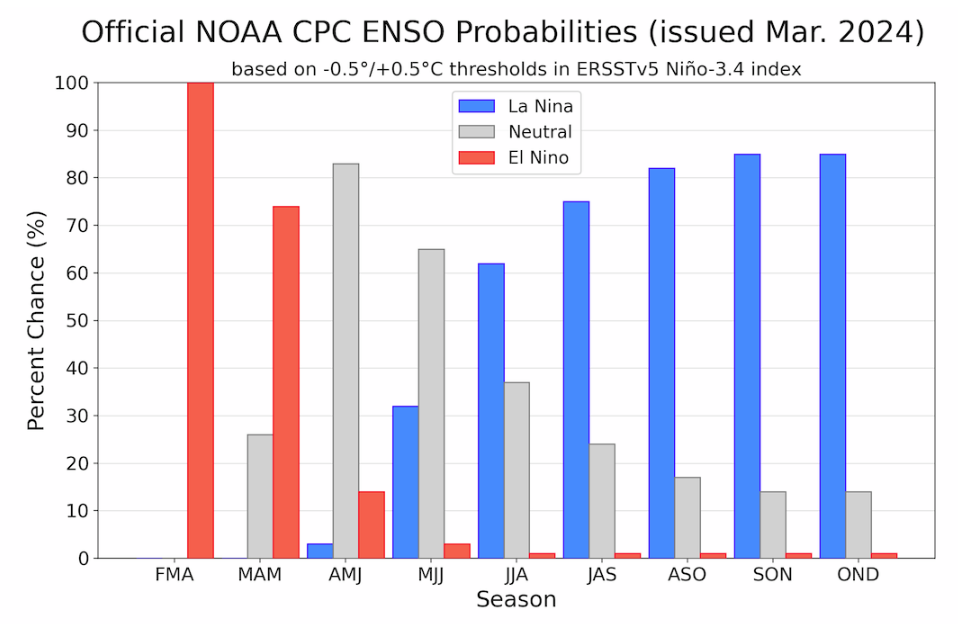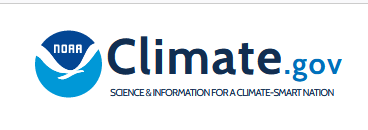Today Through the Fourth Friday (22 to 28 days) Weather Outlook for the U.S. and a Six-Day Forecast for the World: posted March 21, 2024
It is difficult to find a more comprehensive Weather Outlook anywhere else with the ability to get a local 10-day Forecast also.
This article focuses on what we are paying attention to in the next 48 to 72 hours. The article also includes weather maps for longer-term U.S. outlooks and a six-day World weather outlook which can be very useful for travelers.
First the NWS Short Range Forecast. The afternoon NWS text update can be found here but it is unlikely to have changed very much. The images in this article automatically update.
Short Range Forecast Discussion
NWS Weather Prediction Center College Park MD
Thu Mar 21 2024
Valid 12Z Thu Mar 21 2024 – 12Z Sat Mar 23 2024…Gusty winds and snow showers linger across Maine today as the next
winter storm approaches northern New England by Saturday……Swath of light to moderate snow spreads from the northern Plains to the
Great Lakes by Friday; strong winter storm expected this weekend……Thunderstorms and heavy rain return to the Gulf Coast today before
unsettled weather shifts to the Southeast and Mid-Atlantic…Winter is set to make a strong return over the next several days across
the Northern Tier as multiple rounds of potentially heavy snow impact
parts of the Nation. A potent storm system rapidly strengthening over
eastern Maine is already producing locally heavy snow throughout The Pine
Tree State. Additional periods of snow can be expected through this
evening, as well as gusty winds associated with the developing tight
pressure gradient. The March (weather) madness is forecast to continue by
late Friday into Saturday as the next winter storm approaches the Interior
Northeast and New England. Snowfall probabilities for at least 8 inches of
snow are high (greater than 70%) throughout northern Vermont, New
Hampshire, and much of interior Maine. Additionally, there exists modest
probabilities (50-70%) for over a foot of snow in these regions. Residents
and visitors are advised to remain weather aware and plan ahead if
traveling between Friday night and Saturday in this part of the country
due to the possibility of treacherous travel.Snow is also anticipated to produce impacts from the northern Rockies and
northern Plains to the Great Lakes, with two systems impacting the region.
The first system is currently spreading light to moderate snow from
northeast Montana to the Dakotas and is expected to expand into the Upper
Midwest and Great Lakes by Friday. Outside of the higher terrain of
northwest Montana, the heaviest amounts are expected to stretch from
southeast North Dakota and northeast South Dakota towards southern
Wisconsin and central Michigan. More specifically, probabilities for at
least 4 inches of snow are highest throughout parts of Wisconsin and
Michigan. However, snowfall accumulation could be limited to grassy
surfaces due to the increasing March sun angle and snow falling during the
daylight hours. In case this round of snow wasn’t enough, a separate
system is forecast right on the heels of the first and expected to begin
spreading snowfall throughout the Northern Plains on Saturday. This storm
will be a part of a larger upper level trough entering the West Coast on
Friday and spreading precipitation inland. Heavy snow is likely throughout
the Sierra and high elevations of the Intermountain West, central and
northern Rockies. Additional heavy snow and winter weather impacts will
continue into early next week across much of the northern Plains.More spring-like weather is forecast throughout the Gulf Coast today as
showers and thunderstorms develop along a forming frontal boundary over
the Texas coastline as well as underneath an upper low over the southern
Plains. A few storms could turn severe across parts of Texas and southwest
Louisiana. The Storm Prediction Center has issued a Slight Risk (level
2/5) of severe thunderstorms across southeast Texas in order to highlight
the potential for large hail, strong wind gusts, and isolated tornadoes.
Additionally, heavy rain could lead to isolated flooding concerns for
parts of the southern Plains and western Gulf Coast today. This system and
associated storminess are forecast to slide east on Friday towards the
Southeast and southern Florida. The greatest impacts are expected across
South Florida, where a few storms could become severe and heavy rain could
lead to urban flooding impacts. A Slight Risk (level 2/4) of Excessive
Rainfall has been issued for the Gold Coast. By Saturday, moisture surging
northward along a frontal boundary is expected to provide focus for heavy
rain along the Mid-Atlantic and Northeast coastline, with the potential
for flash flooding where heavier rainfall occurs.

